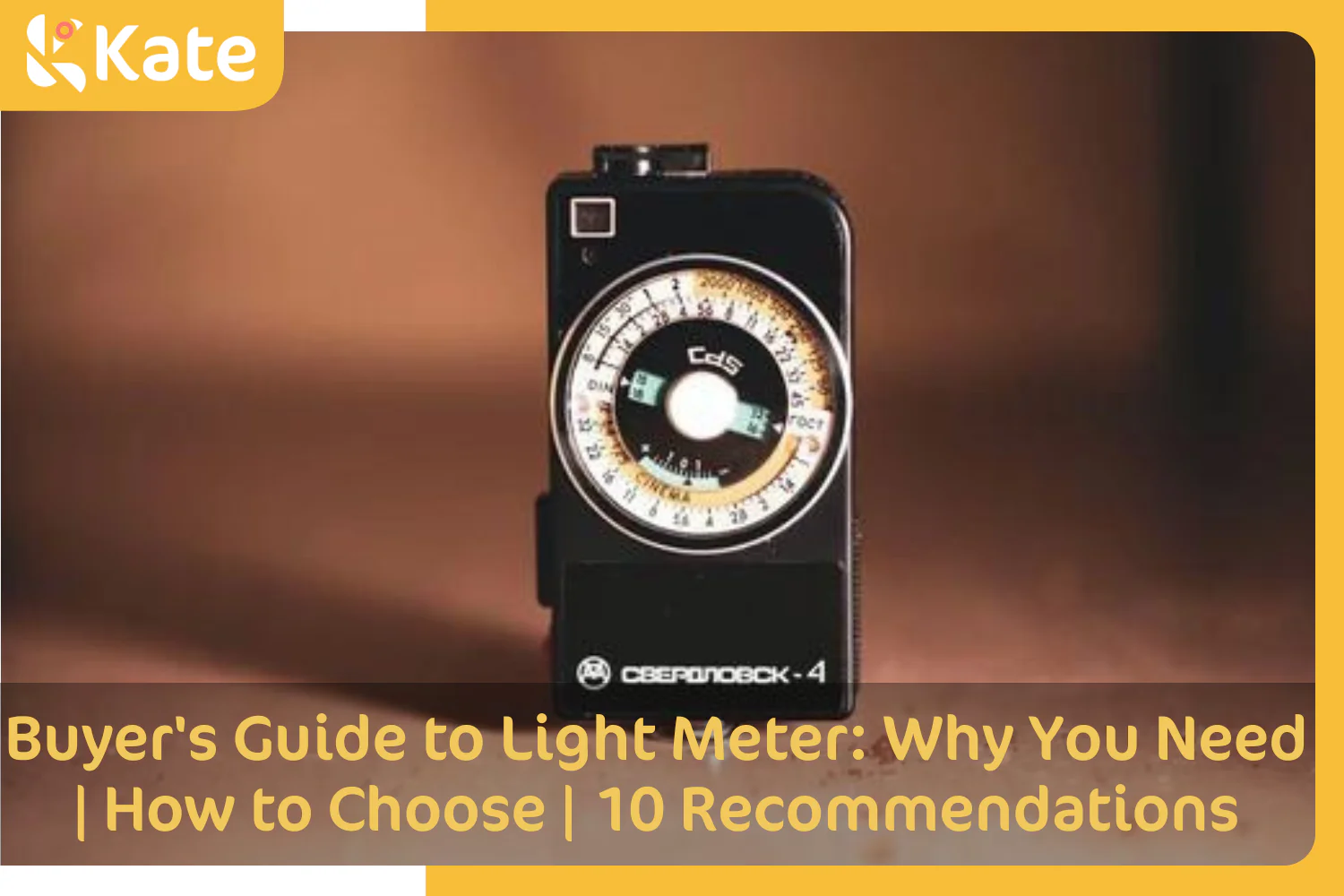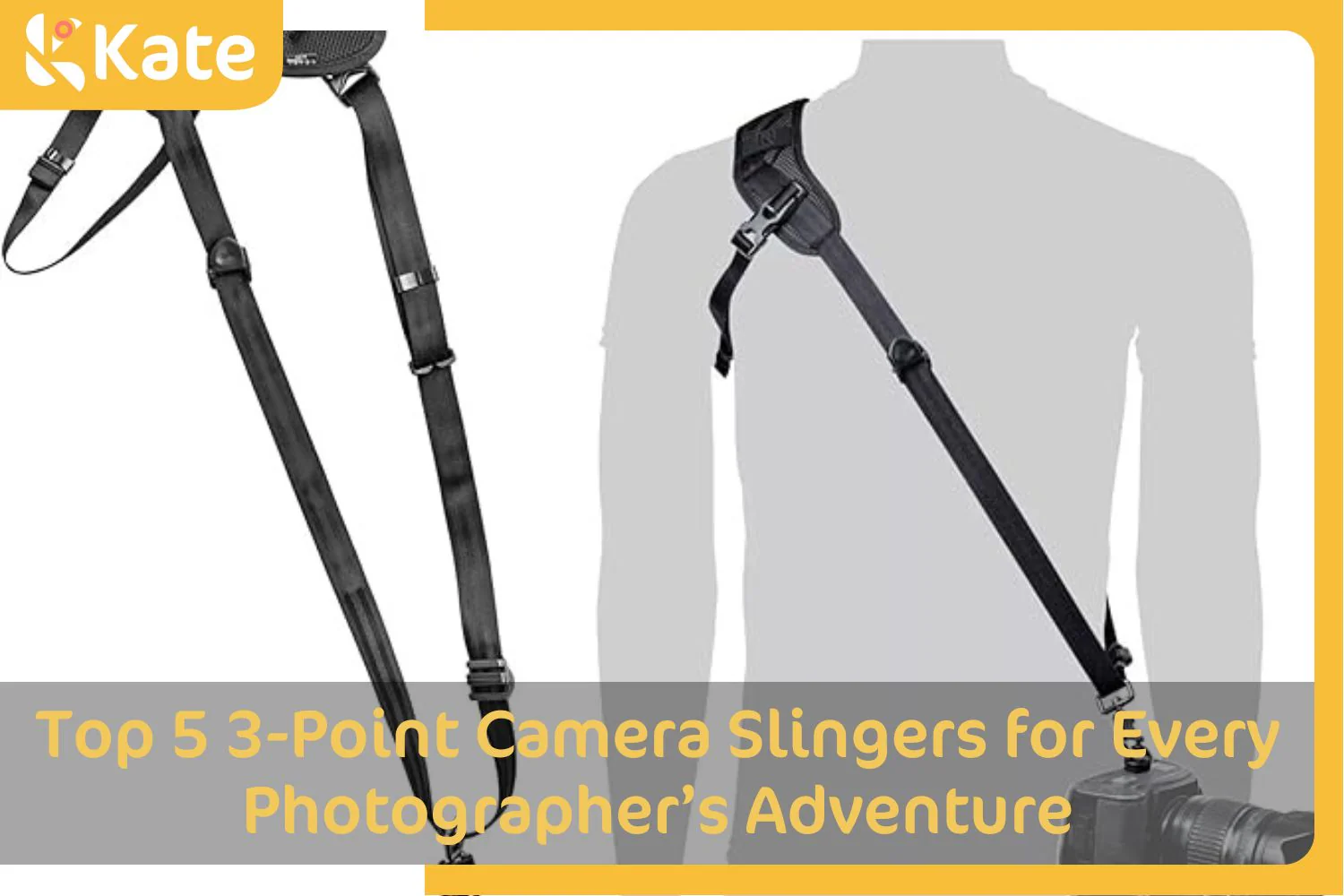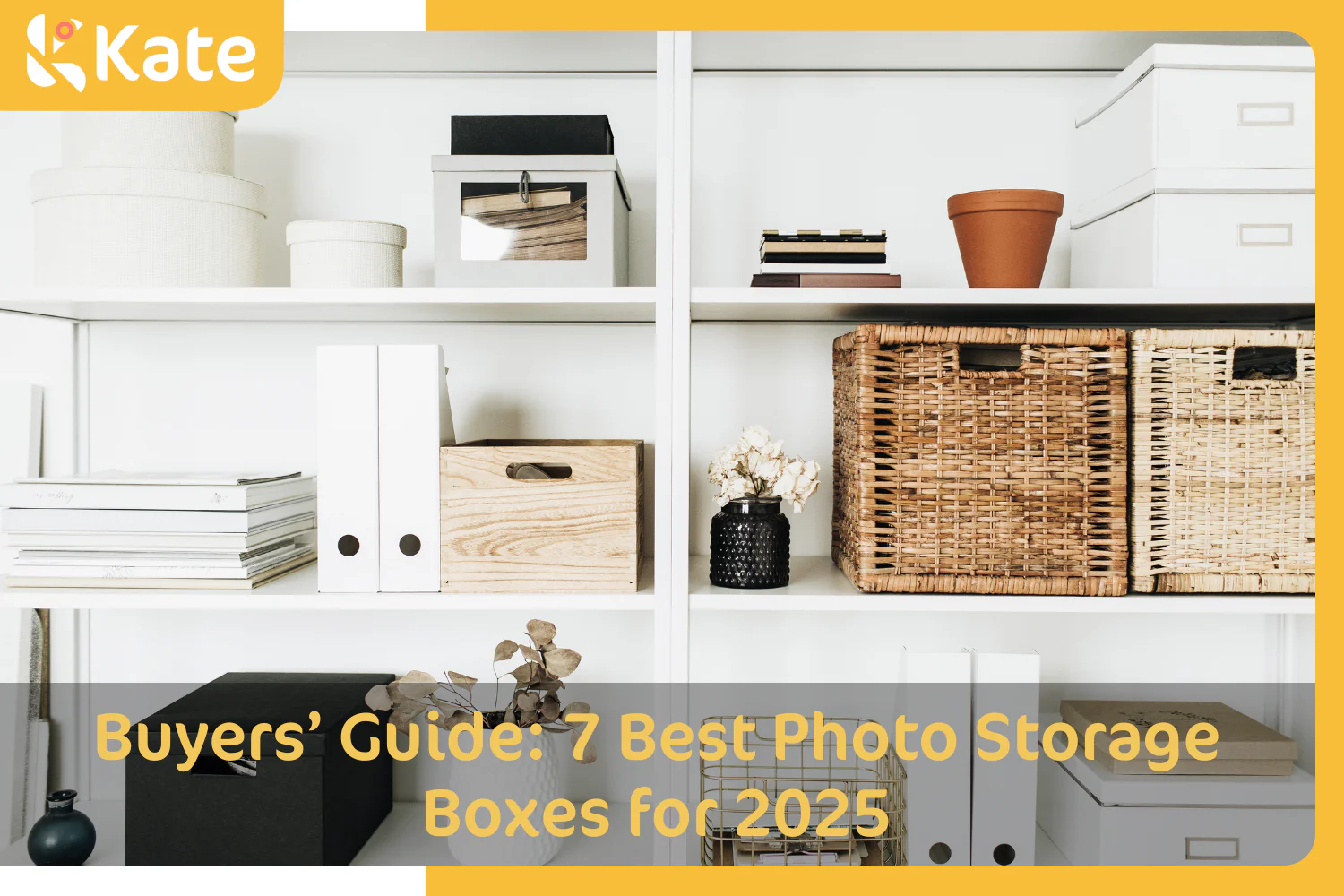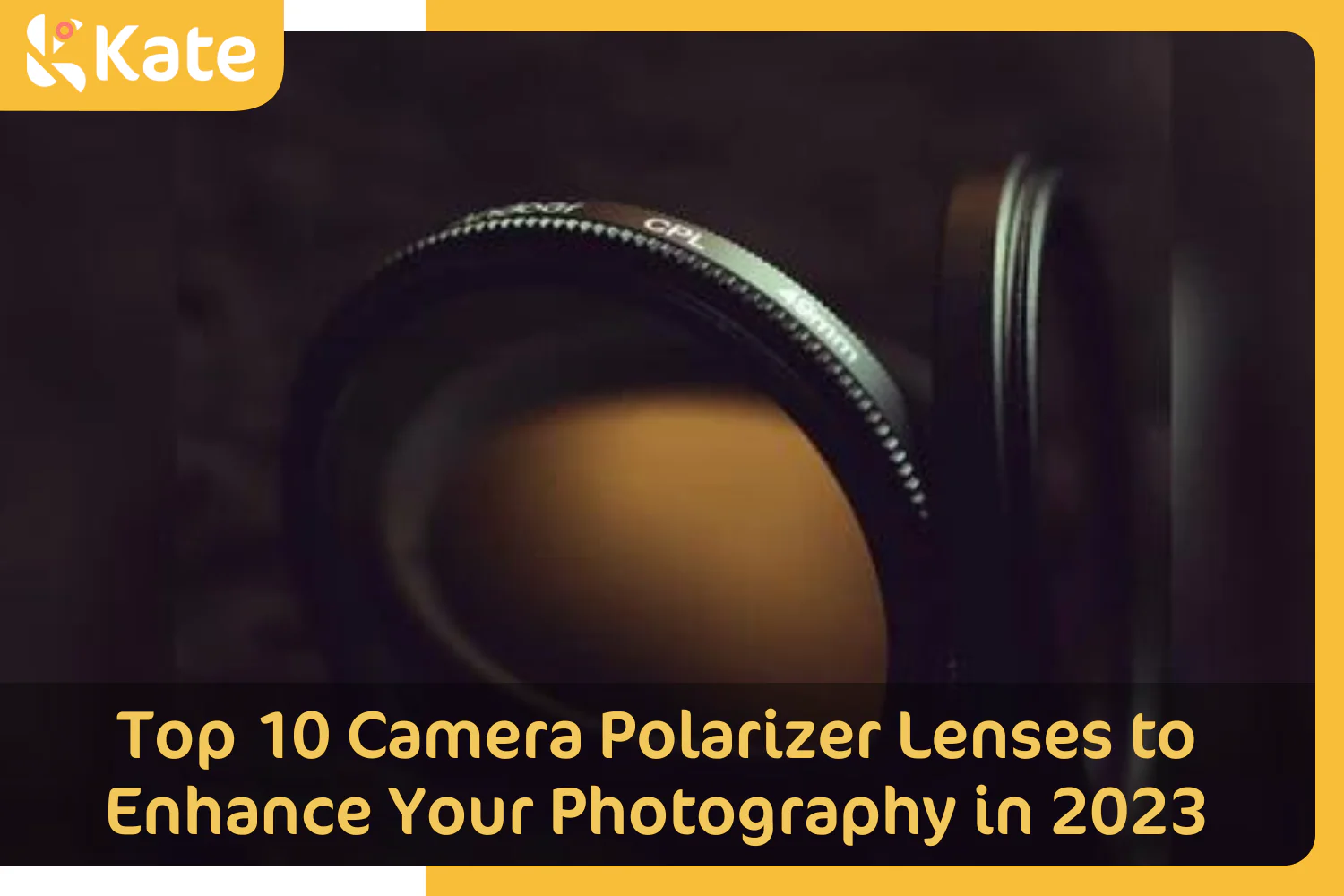Buyer's Guide to Light Meter: Why You Need | How to Choose | 10 Recommendations

One of the most iconic pieces of photography equipment that you should own is a light meter. A light meter measures the strength and intensity of light reaching or reflecting onto the subject, enabling the photographer to determine the exposure settings for a shot.
In this detailed review, we shall discuss why you'd need a light meter, how to choose the right one, and ten recommendations that you must consider when purchasing a light meter.
- Why Do You Need a Light Meter?
- How to Choose a Light Meter?
- 10 Best Light Meters for Photography
- 1. Sekonic LiteMaster Pro L-478DR-U Light Meter
- 2. Sekonic Speedmaster L-858D-U Light Meter
- 3. Sekonic C-700R-U SpectroMaster Color Meter
- 4. Gossen GO 4033-2 Digipro Light Meter
- 5. Kenko KFM-2200 Cine and Flash Meter
- 6. Sekonic Light Meter Flashmate L-308S-U
- 7. Gossen Digisky Digital GO 4039 Exposure Meter
- 8. Sekonic Light Meter L-398A Studio Deluxe III
- 9. Gossen Digisix 2 Exposure Meter
- 10. Ikan CV600 Digital LED Light Meter
- Conclusion
Why Do You Need a Light Meter?
Even though most photographers feel they can eyeball a scene and come up with a very good exposure, nothing measures up to the accuracy of a light meter. There are several reasons why every amateur or professional photographer should be equipped with a light meter.
Here are some of the essentials:
1. They Take the Guesswork Out of Exposure
A light meter will measure how the light in a scene is and give an accurate reading of what the right exposure should be. This, in turn, removes all the guesswork from the exposure to ensure that your images come out well-exposed.
2. They Help You Understand Lighting
A light meter will help you know the lighting conditions of a scene and how it's going to affect your exposure. That is very important for shooting in tough lighting conditions or learning more about lighting.
3. They Are Essential for Film Photography

Photo by Ritchie Rodas on Unsplash
A light meter is a very essential piece of equipment if you are shooting film. This is because you have to get the exposure right the very first time you go about it. Any small error in terms of over or under-exposure can trash a whole roll of film, so a light meter is key to getting the best out of your films.
How to Choose a Light Meter?
1. Sensor
A sensor is the part of the light meter that reads the light exposure. The most common type of sensor is a silicon photodiode; known to be very accurate. Besides, there are also other types of sensors, for example, the Cadmium Sulphide (CdS) sensor, which is less accurate but cheaper.
Therefore, it would be quite helpful if one thought in advance about what sort of sensor they might need before picking the ideal choice.
2. Types of Light Meters
The modern photography scene consists of analog and digital light meters as the two main types of light meters. The older version is the analog light meter, which uses a needle to point the user toward the illumination that the camera is being subjected to.
The new ones are digital light meters, consisting of an LCD screen used to display the light readings. Most of them have touch-screen interfaces, making it quite easy to work with them.
It is less expensive to buy an analog light meter, but the digital ones are more accurate and feature many added features. Up to date, some companies still manufacture analog light meters. This is because some photographers prefer them due to their long battery life and durability, as well as their low price.
3. Size and Weight
Generally, no one wants to travel with a heavy and bulky weight meter, especially when you are carrying other photography equipment with you. Therefore, it's essential to go for a smaller, lightweight light meter option that you can carry around with ease.

Photo by Michi on Pixabay
4. Price
Since every photographer has a different budget, it's necessary to make a choice based on the budget you are working with.
An expensive light meter, however, will come with more features installed in it. Therefore, it would be good to consider the features that are essential to you before you finally make your choice of light meter.
5. Features
While picking a light meter, one must consider the features it is equipped with. Some features that you need to look at include the following:
The Ability to Give Incident Light Reading
Light meters give two types of readings: an incident light reading or a reflected light reading. Incident light reading is usually the reading of the intensity of how much light falls on the subject. This reading has proven to be the more accurate reading compared to reflected reading since it’s not affected by the color or surface of the subject.
The reflected light reading is the measure of light intensity that bounces off the subject. This reading is not as accurate as an incident light reading because it can be disrupted by very dark objects as they reflect very little light and ultra-reflective objects, such as a white wall reflect a lot of light.
The Ability to Give Flashlight Reading
A light meter is very vital in helping you acquire an accurate reading for the flashlight when using a flash for your shots. This is simply because a flashlight is a highly intensive illumination, such that without an accurate reading acquired from the light meter, all your pictures will be overexposed or underexposed.
Wide Range of Shutter Speed
Different lighting conditions will call for different shutter speeds. If your light meter does not specify the exact amount of shutter speed you want to use, then your pictures will be over or underexposed.
10 Best Light Meters for Photography
1. Sekonic LiteMaster Pro L-478DR-U Light Meter
Image Credit: amazon.com
Specification
- 8.4 x 2 x 5.9 inches in dimensions
- Weighs 14.4 ounces
- 2.7-inch LCD touchscreen
- EV – 2 to 22.9 Exposure range for incident light
- EV 3 to 19.9 Exposure range for reflective light
- F 1.0 to F 128.9 Flash range for incident light
- F 2.8 to F 128.9 Flash range for reflected light
Pros
- It is very user-friendly, considering the large and bright LCD touch panel.
- Measure light in incident and reflective modes
- Access to a vast variety of exposures
- It can also measure flash output.
- Has flash analysis functions
- Contains filter offset compensation
Cons
- Language support options are rather limited
- It is costly
2. Sekonic Speedmaster L-858D-U Light Meter
Image Credit: amazon.com
Specifications
- 2 AAA batteries
- 10.04 x 6.42 x 3.58 inches in dimensions
- Weighs 8.8 ounces
- LCD touchscreen( 2.7") Display
- F 0.5 to F 161.2 Incident light flash range
- F 1 to F 161.2 Reflected light flash range
- EV -5 to EV 22.9 Incident light ambient range
- EV -1 to EV 24.4 Reflected light ambient range
Pros
- Has accurate controls for flash and ambient light
- It is visible; the large touch-screen display has high contrasts.
- It is adjustable given its hemisphere shape
- Comes with comprised movie modes that are integrated with the meter
Cons
- You can only acquire spot metering in the reflected mode
- Quite costly
3. Sekonic C-700R-U SpectroMaster Color Meter
Image Credit: amazon.com
Specification
- 4.3" LCD touchscreen Display
- 2 АAA batteries
- Weighs 8.3 ounces
- 7.2 x 2.9 x 1.6 inches in dimensions
- Supports all light types of Metering methods
- 20 to 20 480 Lux Flash range
- 1 to 200 000 Lux Ambient range
Pros
- Wireless connectivity.
- Comes equipped with a color spectrum
- Linear Variable Filter and CMOS sensor available
- Big Touch Screen Display
- Can measure both natural and artificial light.
Cons
- The screen is large but fragile
- Expensive
4. Gossen GO 4033-2 Digipro Light Meter
Image Credit: amazon.com
Specifications
- 1 АA battery
- Reflected and incident metering methods
- Weighs 3.2 ounces
- 0.75 x 2.56 x 4.65 inches in dimensions
- 2.7" LCD screen Display
- Flash range of F 1.0 to F 115
- Ambient range of EV -3 to EV 21
Pros
- Its head is rotatable, making recording measurements in different positions easier.
- Easy-to-Use, User-Friendly Interface
- Has multiple flash-measurement functions that make it optimal for taking photographs
- It has a memory function that stores the previous readings.
- It is small and light in weight.
- Have integrated contrast measurement features
Cons
- Outdated in comparison to other models
- Quite costly
5. Kenko KFM-2200 Cine and Flash Meter
Image Credit: amazon.com
Specifications
- 1.2” LCD screen Display
- 1 АA battery
- Incident and reflected light metering methods
- 2.0 to 19.9 EV Incident light ambient range
- 2.0 to 24.5 EV Reflected light range
- 0.39 x 0.39 x 0.39 inches in dimensions
- Weighs 2.82 ounces
- F 1.0 to F 128 + 0.9 stop incident light flash range
- F 2.8 to F 128 + 0.9 stop Reflected light flash range
Pros
- Measures both incident and reflected light
- Large Display Area: Digital LCD incorporated to enable easy reading
- Simple and Lightweight
- Provides 3 different measuring modes: continuous measuring, flash, and cine.
- Features a 1-degree angle spot
Cons
- Expensive to purchase in comparison to other light meters
6. Sekonic Light Meter Flashmate L-308S-U
Image Credit: amazon.com
Specifications
- 0.9" Display: LCD screen
- 2.5 x 4.3 x 0.9 Inches in Dimension
- Weighs 3.4 ounces
- Incident and reflected light metering methods
- 0 to 19.9 EV Incident light ambient range
- 0 to 19.9 EV Reflected light ambient range
- F 1.4 to F 90 + 0.9 stop Incident light flash range
- F 1.4 to F 90 + 0.9 stop Reflected light flash range
Pros
- Reflected light metering of up to 40 degrees
- Flash range of up to f/1.4 to f/90.9 at ISO 100
- Small enough to fit in your pocket thus can be taken anywhere
- The readings are displayed in half or third-stop increments
- Has a wireless flash option
- It comes equipped with a 180° shutter angle
Cons
- Poor battery life
- Expensive to purchase
7. Gossen Digisky Digital GO 4039 Exposure Meter
Image Credit: amazon.com
Specifications
- Weighs 3.52 ounces
- 6.4 x 2.6 x 1 inches in dimensions
- 2.2" TFT-LCD Display
- Has both incident and reflected light metering methods
- Ambient range of EV 15 in 1/10 increments
- Flash range of f/0.5 to f/128
- No battery required
Pros
- Design is up-to-date
- A rechargeable battery has been integrated.
- Has a memory function that can retrieve measurements already taken
- The display is easy to read and clear
- Comes with cine meter settings ideal for Filmmaking
Cons
- The user interface can be too complicated for some individuals.
8. Sekonic Light Meter L-398A Studio Deluxe III

Image Credit: amazon.com
Specifications
- No display
- Does not require batteries
- Has both incident and reflected light metering methods
- Incident light ambient range of EV 4 to 17
- Reflected light ambient range of EV 9 to 17
- f/0.7 to f/128 Flash range
Pros
- Does not need batteries making it more reliable
- With a memory pointer, it allows easy and quick reference to the last measurement.
- It is calibrated in a circular way that has a needle lock, allowing you to read the measuring readings quickly and easily.
- Rotating head for measurement at any angle and taking readings easily.
Cons
- It is an analog meter.
- Costly
9. Gossen Digisix 2 Exposure Meter
Image Credit: amazon.com
Specifications
- Has one lithium metal battery
- Has both incident and reflected light metering methods
- Has an ambient range of EV 0 – 18
- Has a flash range of f/2 – f/32
- 0.6" Digital display
- Weights 1.28 ounce
- 0.91 x 1.97 x 2.95 inches in dimensions
Pros
- Can measure both incident and reflected light
- Small and light, therefore very easy to carry
- Easy usability due to the simple design
- It has a wide ambient and flash range
Cons
- Doesn’t work so well for professional photography shoots
- Expensive
- There is no flash metering.
10. Ikan CV600 Digital LED Light Meter
Image Credit: amazon.com
Specifications
- Weighs 3.1 pounds
- 15 x 6 x 12 inches in dimensions
- 1 Lithium Ion battery
- 380-780 mm Wavelength
- Color correction filter calculator
- 3.5" Color Touchscreen LCD
- USB slot
Pros
- Includes color and light meter of imaging
- Detects flicker up to 100kHz/sec
- USB port where a user can save data by inserting a USB memory stick
- Comes with several colour option filters
- Easy-to-use color touchscreen
Cons
- Costly
Conclusion
A light meter will give you the correct exposure for either digital or film every single time. Even though the input light meter in your camera can be pretty good, it doesn't always get it right. This is where a separate, dedicated light meter comes in handy. From the ten best light meters above, you can decide on the one that is most appropriate for your specific needs.


















 Easter🥚
Easter🥚










